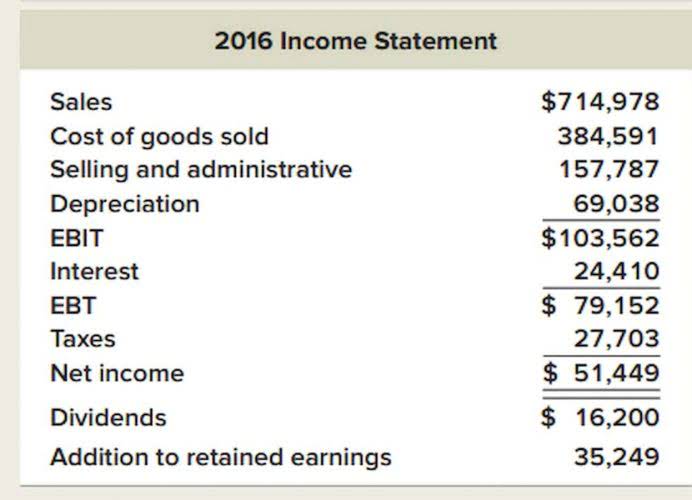Forex FX: Definition, How to Trade Currencies, and Examples
It is advisable to work with a broker that is regulated by a top-tier government agency. For example, brokers regulated by the UK Financial Conduct Authority (FCA) guarantee that client funds are held in segregated accounts and provide negative balance protection. In addition, there is a compensation fund available in the event of broker insolvency. Meanwhile, forex brokers based offshore typically have very little regulatory oversight and are more risky to work with. A standard lot size in forex trading is 100,000 units of the base currency. For this contract size, each pip (a standard price increment) is worth $10.
- Imagine they can buy a call option from the developer to buy the home at, say, $400,000 at any point in the next three years.
- Accounts can sometimes differ depending on the type of order execution, the most common example being the ECN account.
- Money is not a client of any investment adviser featured on this page.
- Over the years, common scams have included Ponzi schemes that misused investor funds and scams peddling worthless trading advice.
- Currency prices move constantly, so the trader may decide to hold the position overnight.
The customers have no direct access to the actual interbank market prices. The forex market is a significant part of the global economy, as it impacts the general prices of goods and services. The demand and supply of a country’s currency ultimately affect its value and exchange rates. However, some people profit from these exchange rates through forex trading.
Some selection criteria include their core offerings/features, ease of use, regulatory compliance and security measures, fees and rates, customer support, and mobile compatibility. This means the bid is the best available price at which you (the trader) can sell to the market. If you want to sell (which actually means sell the base currency and buy the quote currency), you want the base currency to fall in value and then you would buy it back at a lower price.
Forex Trading: What is it and how to trade
You’ll get access to award-winning platforms,8 expert support around the clock and spreads from just 0.6 points. We also offer trading strategy and news articles for all experience levels. This includes ‘novice’, like how to be a successful day trader, up to ‘expert’ – looking at technical indicators that you’ve perhaps never heard of.
Forex trading risks
The real-time activity in the spot market will impact the amount we pay for exports along with how much it costs to travel abroad. So unlike the stock or bond markets, the forex market does NOT close at understanding the software development life cycle the end of each business day. Once you’ve identified your broker of choice, the next stage involves setting up either a demo or live trading account. This entails providing some basic personal information and funding your live account to get started. In this example, a profit of $25 can be made quite quickly considering the trader only needs $500 or $250 of trading capital (or even less if using more leverage).
Analysis and News
These are also good for trying out new strategies since you use virtual credits instead of actual money. Forex beginners, on the other hand, can take advantage of mini or micro accounts where they can start trading with a very small initial investment. Accounts can sometimes differ depending on the type of order execution, the most common example being the ECN account. This helps reduce the risk for the market maker because they profit from the bid/ask spread without actually taking the opposite side of the GBP/USD position (a process known as hedging). However, if the market maker fails to match your order, xtb review is xtb a scam or legit forex broker they will have no other option but to hedge against you. Suppose you make a buy order for the GBP/USD pair for 100,000 units with a market maker.
Founded in 2013, Tradingpedia aims at providing its readers accurate and actual financial news coverage. Our website is focused on major segments in financial markets – stocks, currencies and commodities, and interactive in-depth explanation of key economic events and indicators. Traders whose live accounts remain inactive for a specific period (typically three to twelve months) normally have to pay nominal monthly fees for maintenance. We suggest you pick a company that offers negative balance protection if you intend to trade on margin and leverage your positions. The types are usually based on customers’ experience level, their trading style, and the volume they intend to trade. For example, professional accounts often have higher caps on maximum leverage but require significant expertise and experience to open.
Put Options
The most active traders trade hundreds of standard lots per month. The first currency code represents the base currency, and the currency after the slash is the quote currency. For the EUR/USD top 12 blockchain payment gateway solutions currency pair, for example, “EUR” is the base currency and “USD” is the counter-currency (or, quote currency). The “ask” price is the counter-currency price at which you purchase the base currency in a forex currency pair.




Recent Comments